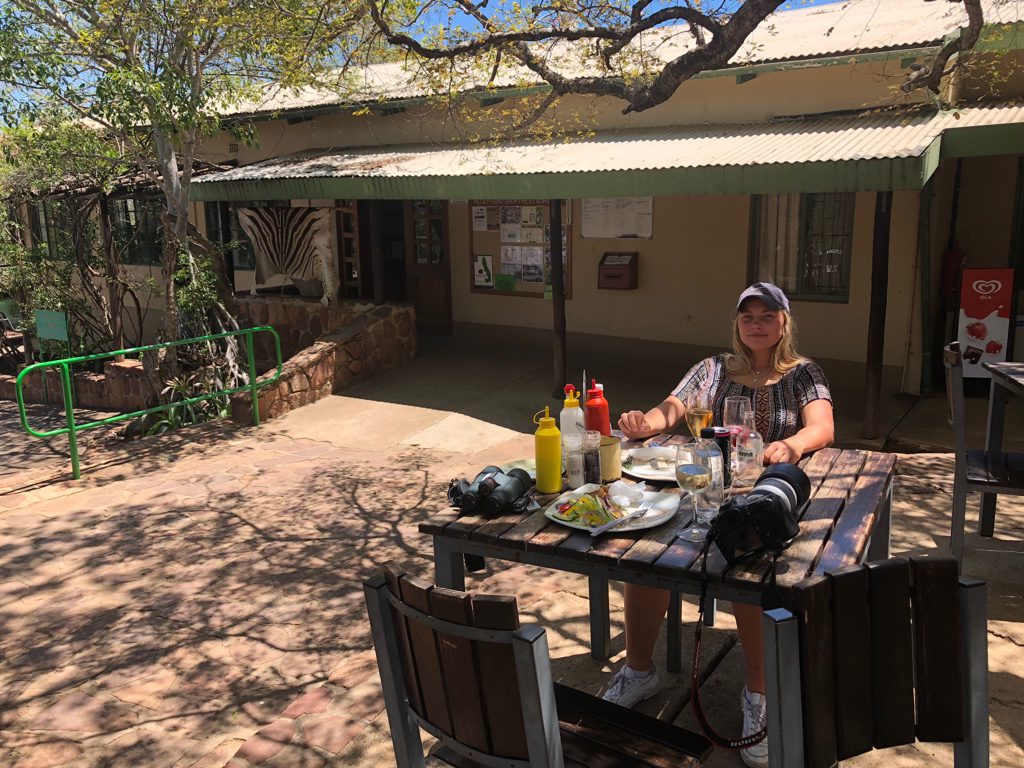SA: Kruger National Park – Punda Maria Camp
The name of the rest camp was given in 1919 by the first ranger to be posted to the area, Captain JJ Coetser. He mistakenly named his post Punda Maria in the belief that this was the Swahili name for Zebra, the first big game he saw on arrival. The correct Swahili name is actually 'punda milia' (meaning Striped Donkey). When the error was pointed out to him, he chose to retain the name, in honour of his wife, Maria, who bore him 12 children. Many years later, Park officials corrected the name, and for a while, the rest camp was known as Punda Milia, but in 1981 it was changed back to the original 'Punda Maria'. When Captain Coetser was posted to Punda Maria Camp, his main aim was to curb ivory poaching. In the early 1900s, this region was the haunt of smugglers, poachers and hunters who based themselves in an assortment of derelict shacks at Crooks Corner, where the borders of South Africa, Mozambique (formerly Portuguese East Africa) and Zimbabwe (formerly Rhodesia) met at the confluence of the Limpopo and the Luvuvhu rivers. Fugitives from the law could just slip across one of the borders and take refuge in foreign territory when the authorities came searching for them. The hunters at Crooks Corner realized that they could supplement their income from ivory by recruiting labour for the Witwatersrand mines, and illegal trade in labour began. The government eventually put a stop to this and Wenela was given sole authority to recruit labour. The Wenela recruiting station now stands as a sombre reminder on the S63 loop near Pafuri.

